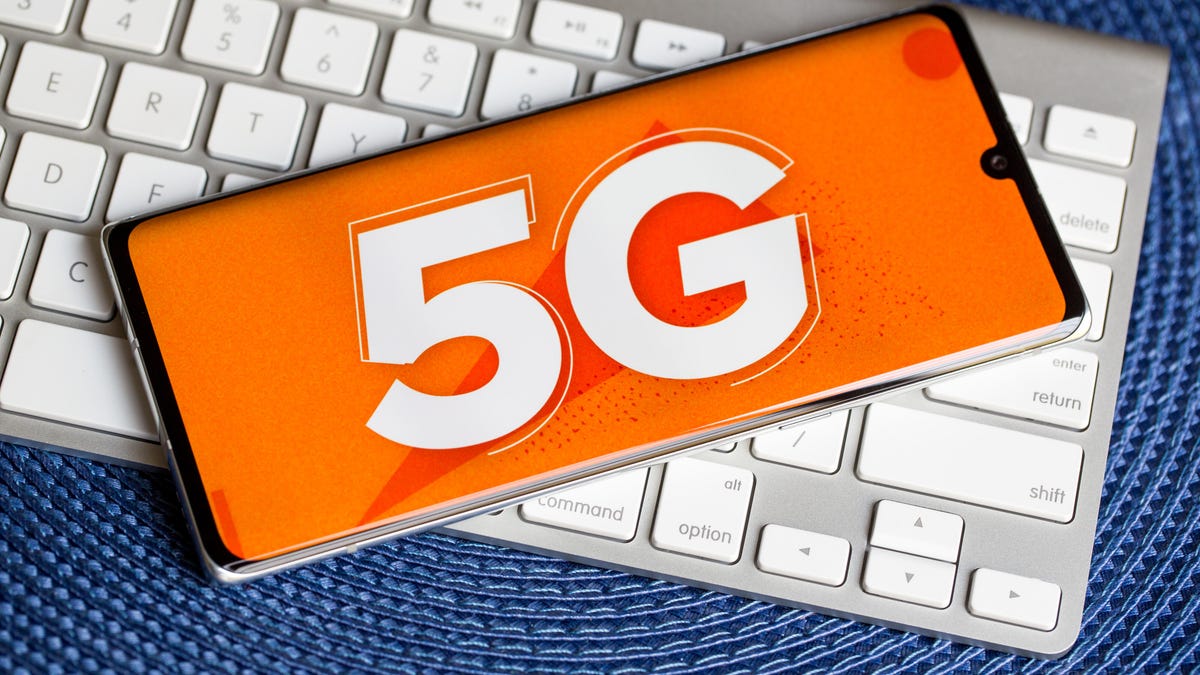5G's rollout speeds along faster than expected, even with the coronavirus pandemic raging
A new report from Ericsson finds about 1 billion people will be in 5G coverage areas by the end of the year.

5G has rolled out faster than any other mobile network in history.
The world may be grappling with a widespread pandemic, but that's sure not slowing down 5G's rollout. The super-fast technology reached more customers this year than expected and will cover about 60% of the global population by 2026, according to a new report from Ericsson. That makes 5G the fastest deployed mobile network ever, the Swedish networking giant said.
By the end of this year, there will be 218 million 5G subscriptions around the world, up from Ericsson's forecast in June for 190 million -- which itself was an increase from an earlier estimate.
"5G coverage will be built out to the extent that 1 billion people will live in 5G coverage areas by the end of 2020 worldwide," Patrick Cerwall, head of strategic marketing insights at Ericsson, said in an interview ahead of Monday's release of the company's biannual mobility report. "That's around 15% of the world's population."
By 2026, that will soar to 3.5 billion 5G subscriptions. In June, Ericsson estimated there would be 2.8 billion 5G subscriptions by 2025.
5G is the new, super-fast wireless technology that's been rolling out across the world. It's live in many major cities in the US, as well as places in China, South Korea and the UK, among other countries. The technology is poised to change the way we live and is expected to power everything from self-driving cars to advanced augmented reality experiences. The belief is whatever country leads in 5G will lead the world over the coming decades and possibly longer.
2020 was supposed to be the year 5G went mainstream. But the spread of the novel coronavirus caused doubts about how widely the technology would be used this year. Instead of slowing down 5G, the pandemic in some ways made it easier for carriers to expand their networks faster. In China, the government made 5G's rollout a priority, and Apple's entry into the 5G market with its iPhone 12 lineup is expected to boost the number of 5G phone users.
Ericsson is one of the world's biggest provider of telecom equipment. Many of the wireless industry's new 5G networks are built on its technology, giving it insight into traffic and usage. It also surveys consumers in various countries to find out their opinions about topics like 5G.
More than 100 carriers around the world have switched on their 5G service, Ericsson said. So far, 5G growth has been driven by China, Cerwall said.
"It's a combination of a very strategic national focus ... but also competition between the operators," Cerwall said. "We see smartphone prices coming down drastically."
5G phones in China can be purchased for $200 -- or even less -- while the base price for the rest of the world is around $300, he said. "The affordable price of smartphones [in China] does it," Cerwall said.
Out of the nearly 200 million 5G subscriptions this year, 175 million will be in China, he said. By the end of 2020, about 11% of all mobile subscriptions in the country will be 5G. In North America, which includes the US and Canada, only 14 million, or about 4% of subscriptions, this year will be 5G.
By 2026, 80% of network subscriptions in North America will be 5G, Ericsson said, while Northeast Asia -- which includes China, Japan and South Korea -- will have 66% of subscribers on 5G.

